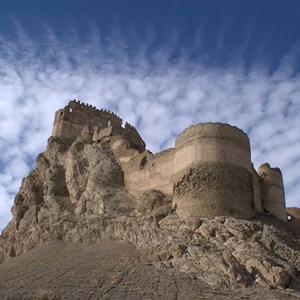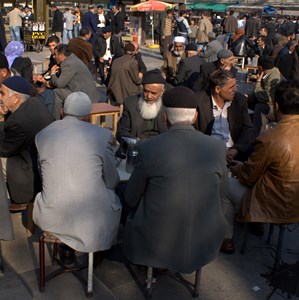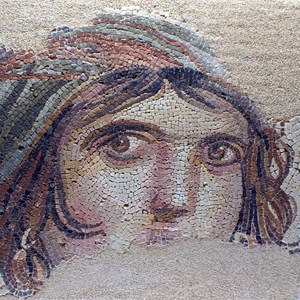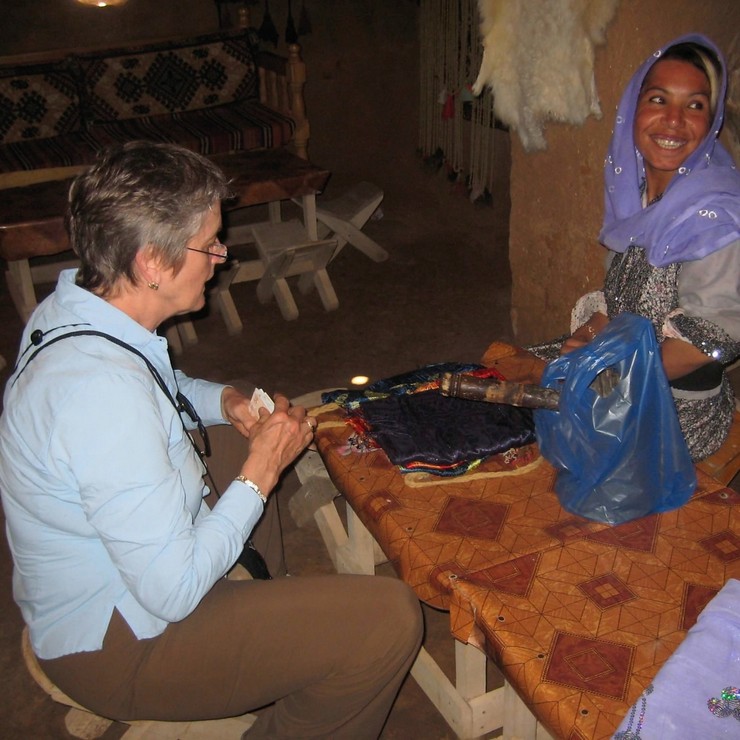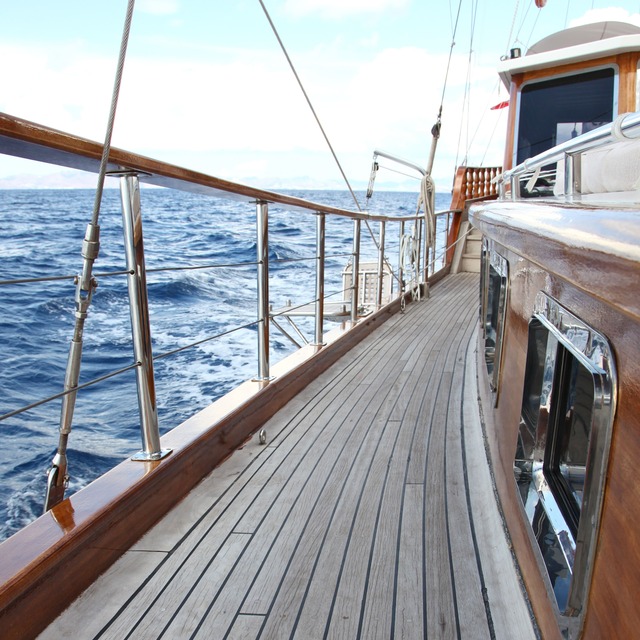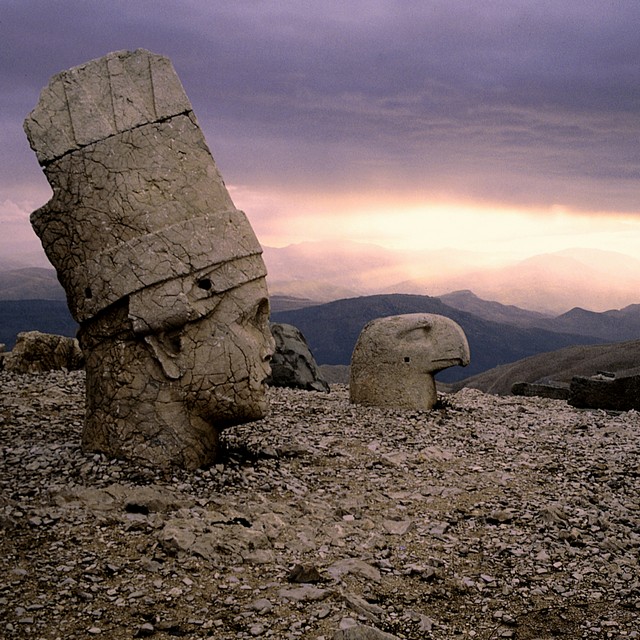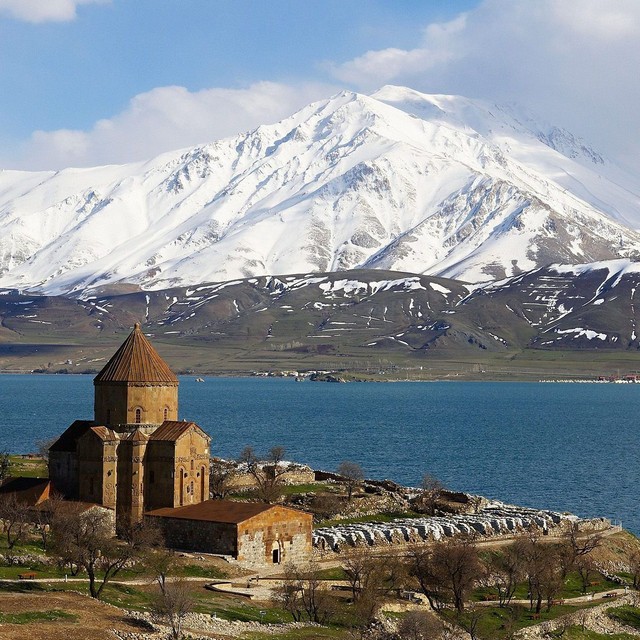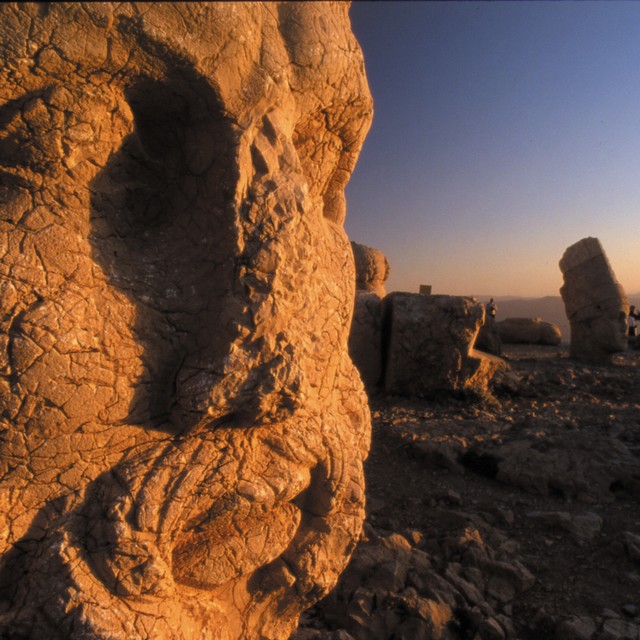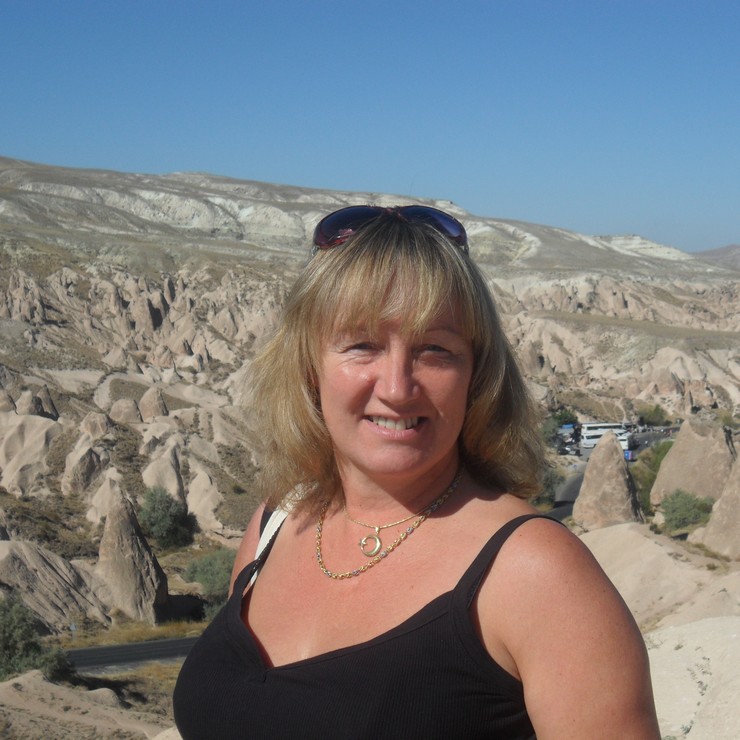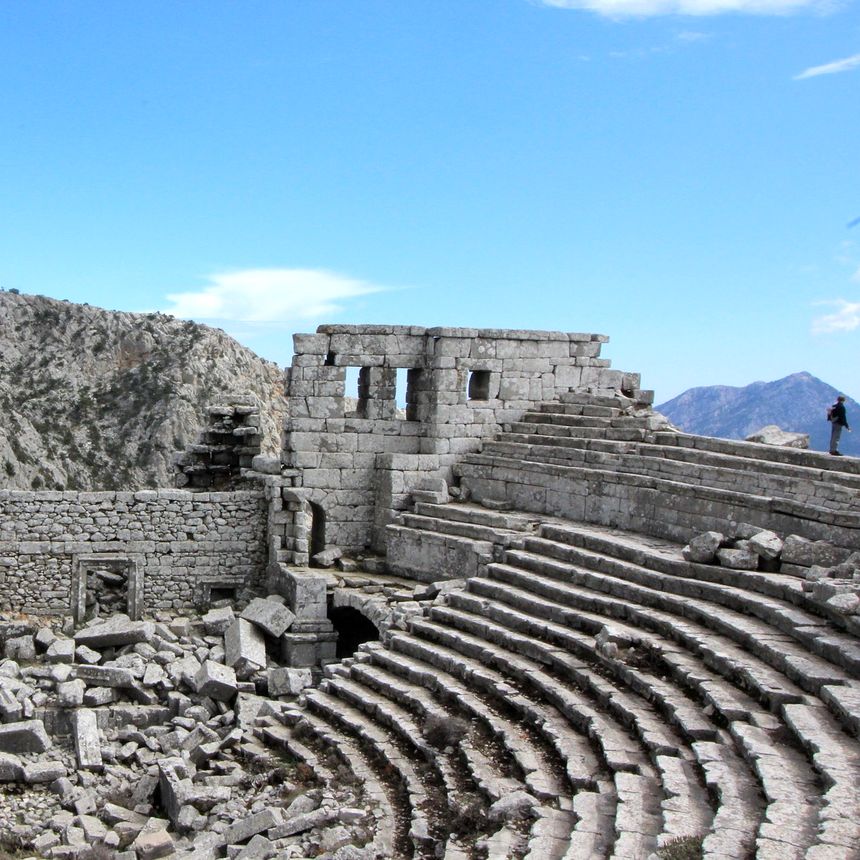Commencing your day trip from Adiyaman, the first stop is a scenic one. Poised on opposite banks of the great Euphrates are Halfeti and Rumkale. Strategic fortresses overseen by the major powers of the day, Halfeti, a now quiet hillside town partially submerged by the introduction of a dam in 2001, was built by the Assyrians. Rumkale, dramatically perched on rock above a u-bend in the river, by the Byzantine Romans.
From there, proceed to Zeugma. First founded in the 3rd century BC by a Seleucid descendent of Alexander the Great, this former Greco-Roman city held an important strategic position across the Euphrates and since 2012 has enjoyed UNESCO protection.
End a fulsome day in Gaziantep. Lauded for its Seljuk citadel and baklava, this regional centre is perhaps best known for its world-beating mosaic museum. Marvel at the museum’s mosaic masterpieces, recovered from the sunken city of Zeugma, before overnighting in Gaziantep.
Overnight in Hotel Novotel , Gaziantep
Meal plan: Breakfast
Adiyaman is a city in the southeast of Turkey, founded in the 8th century, and is one of the fastest-growing cities in the country. The city used to be known by the Ottoman Turkish name "Hısn-ı Mansur" (Castle of Mansur) until 1926 when it became Adiyaman.
A small farming district situated on the East bank of the river Euphrates, Halfeti has been a home to the Assyrians (first established by Assyrian King, ShalmaneserII I in 885 BC), the Greeks, Romans, the Mameluks and the Ottomans. Despite being sieged by the Mameluks, parts of the old city walls still remain.
Rumkale translates to ‘Roman Castle’ and was once a powerful fortress, overlooking the river Euphrates. In ancient times a site of great strategic importance to Romans and Assyrians alike, the fortress is accessible by boat from the neighbouring Zeugma Region. Today, much of the lower-lying town area has been flooded, but the dramatically situated Rumkale helps you imagine the magnificence of the area in ancient times.
Zeugma, once at the forefront of ancient art and culture, boasts some of the most magnificent artworks and sculptures from ancient Turkey. Founded by one of the generals of Alexander the Great, the name ‘Zeugma’ means ‘bridge passage’ and refers to the city’s location on the river Euphrates and its former strategic importance in the silk trade route. When the site was excavated it turned up a number of beautiful mosaics, including the famous Gypsy girl mosaic now on display in the mosaics museum in Gaziantep alongside many others from Zeugma.
The Zeugma Museum houses many impressive artworks and sculptures which testify to the area’s magnificence in Greek and Roman times. Its highlight however is a series of mosaics, the most famous of which is a mosaic known as the “Gypsy Girl”.


